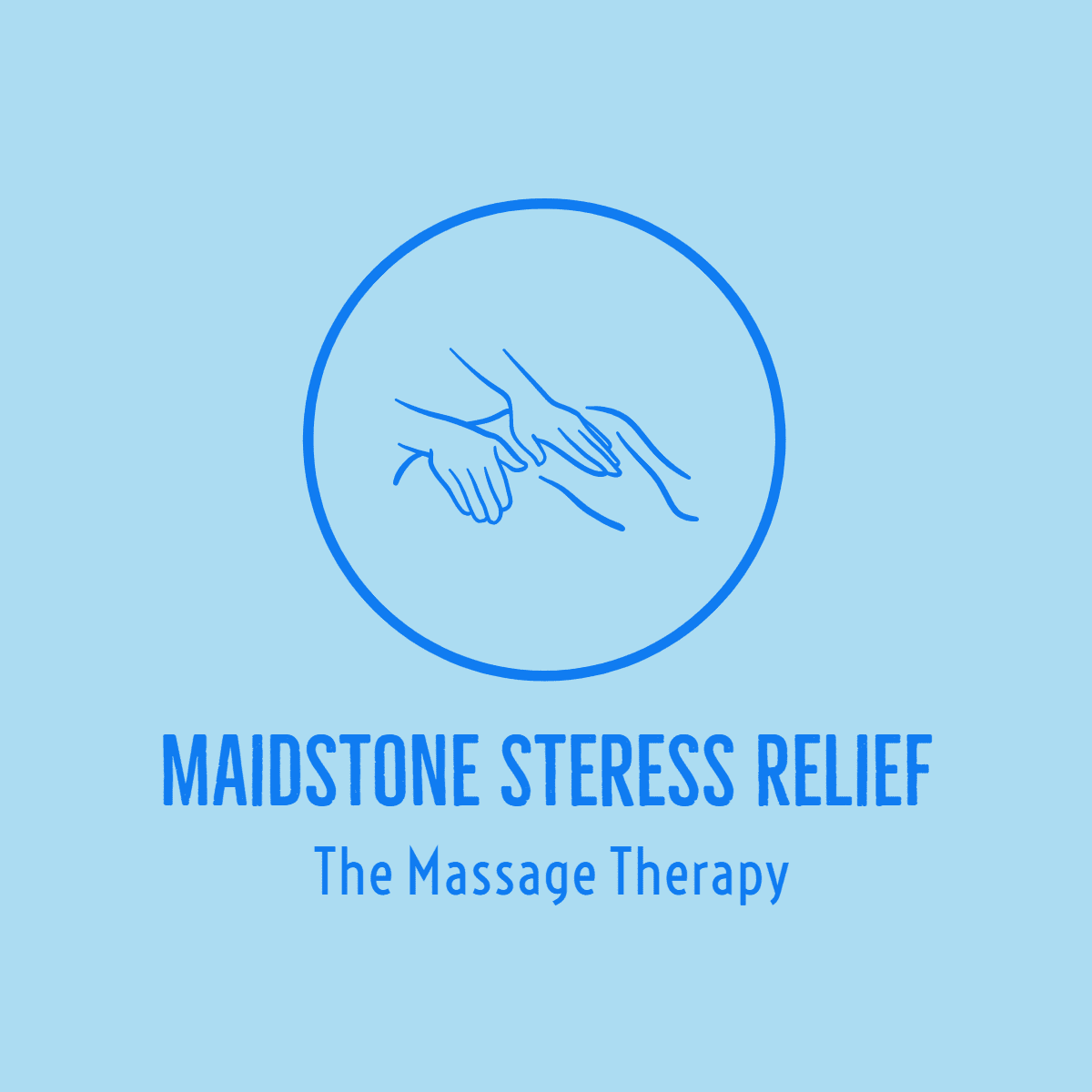
The most common shoulder problems and the muscles involved

The shoulder is a complex joint that is made up of three bones: the humerus (upper arm bone), the scapula (shoulder blade), and the clavicle (collarbone). The shoulder joint is responsible for a wide range of motion, which makes it susceptible to injury.
Common shoulder problems
There are many different types of shoulder problems, but some of the most common include:
Rotator cuff tear: The rotator cuff is a group of muscles and tendons that help to stabilize the shoulder joint. A rotator cuff tear can cause pain, weakness, and stiffness in the shoulder.
Shoulder impingement: Shoulder impingement occurs when the tendons of the rotator cuff rub against the acromion, a bony prominence at the top of the shoulder blade. This can cause pain, inflammation, and weakness in the shoulder.
Adhesive capsulitis: Adhesive capsulitis, also known as frozen shoulder, is a condition that causes the shoulder capsule to become inflamed and stiff. This can make it difficult to move the shoulder.
Shoulder instability: Shoulder instability occurs when the ligaments that hold the shoulder joint in place are stretched or torn. This can cause the shoulder to dislocate, which is when the humerus pops out of the socket.
Shoulder arthritis: Shoulder arthritis is a condition that causes the cartilage in the shoulder joint to break down. This can cause pain, stiffness, and inflammation in the shoulder.
Muscles involved in shoulder problems
The muscles involved in shoulder problems vary depending on the type of problem. However, some of the most common muscles involved include:
Rotator cuff muscles: The rotator cuff muscles are responsible for stabilizing the shoulder joint. They are also involved in a wide range of movements, such as reaching overhead, lifting objects, and throwing.
Trapezius muscle: The trapezius muscle is a large muscle that runs across the back of the shoulder. It is responsible for lifting the shoulders, shrugging the shoulders, and rotating the shoulders.
Latissimus dorsi muscle: The latissimus dorsi muscle is a large muscle that runs down the back from the shoulder to the hip. It is responsible for pulling the arm down and back.
Pectoralis major muscle: The pectoralis major muscle is a large muscle that runs across the chest. It is responsible for pushing the arm forward and across the body.
Massage techniques for treating shoulder problems
Massage can be a helpful treatment for many different types of shoulder problems. Massage can help to reduce pain, inflammation, and stiffness in the shoulder. It can also help to improve range of motion and function.
Some of the most effective massage techniques for treating shoulder problems include:
Effleurage: Effleurage is a gentle stroking movement that is used to warm up the muscles and prepare them for deeper massage.
Petrissage: Petrissage is a kneading movement that is used to break up adhesions and scar tissue.
Friction: Friction is a deep massage technique that is used to stimulate the muscles and increase blood flow.
Tapotement: Tapotement is a tapping or drumming movement that is used to stimulate the muscles and increase circulation.
Send a Message
An email will be sent to the owner and we will contact you in email to answare your questions.
If you prefer to make a phone call the number provibeb on the we page.
Contact Us
Office location
114 Loose Road, Maidstone, ME157UBGive us a ring
07884 706617Send us an email
[email protected]